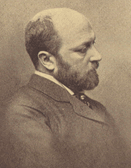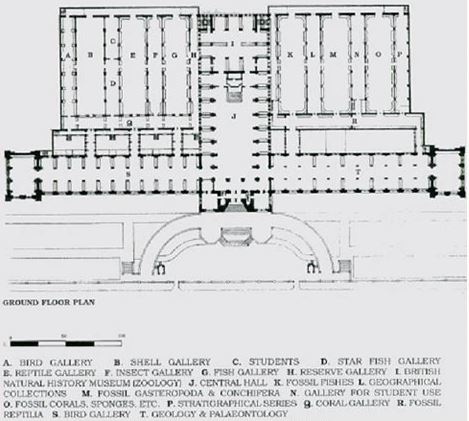The UK 1881 Census
Each householder was required to complete a census schedule giving the address of the household, the names, ages, sex, occupations and places of birth of each individual residing in his or her accommodation.
In 1851, householders were asked to give more precise details of the places of birth of each resident, to state their relationship to him or her, marital status and the nature of any disabilities from which they may have suffered. In 1891, householders were asked how many rooms (if less then five) their family occupied and additional occupational data was collected.
The enumerator then collected the census schedules and these were copied into census enumerators' books. The way these are grouped may mean that a road is split over several folios with other streets in between. In this case the street indexes should list a series of folio references.
Although the original census schedules were destroyed many years ago, the books were kept and eventually moved to the PRO archive. The books were then filmed in 1970 to prevent the increasing usage from destroying these fragile records. You may find the odd torn or mutilated page but in general the records have survived in remarkable condition considering the heavy usage they have had.
1881 News

Portrait of a Lady
The Portrait of a Lady is a novel by Henry James, first published as a book in 1881. The most interesting aspect of the work, observed literary critic Harold Bloom, is of the novel being James’ portrait of himself as a woman.
With the inevitable exceptions, The Portrait of a Lady has been the subject of critical acclaim since its first publication, and it remains the most popular of James' longer fictions. Contemporary critics recognized that James had pushed the analysis of human consciousness and motivation to new levels.
The birth of modern medicine
Sir Alexander Fleming, born on 6th August 1881, was a Scottish biologist and pharmacologist. Fleming published many articles on bacteriology, immunology and chemotherapy. His best-known achievements are the discovery of the enzyme lysozyme in 1923 and the antibiotic substance penicillin from the fungus Penicillium notatum in 1928, for which he shared the Nobel Prize in Physiology or Medicine in 1945 with Howard Walter Florey and Ernst Boris Chain. Fleming's accidental discovery and isolation of penicillin in September 1928 marks the start of modern antibiotics.
Natural History Museum - now open
Originating from collections within the British Museum, the landmark Alfred Waterhouse building was built and opened by 1881. The museum is home to life and earth science specimens comprising some 70 million items within five main collections: Botany, Entomology, Mineralogy, Palaeontology and Zoology. Given the age of the institution, many of the collections have great historical as well as scientific value, such as specimens collected by Darwin.
